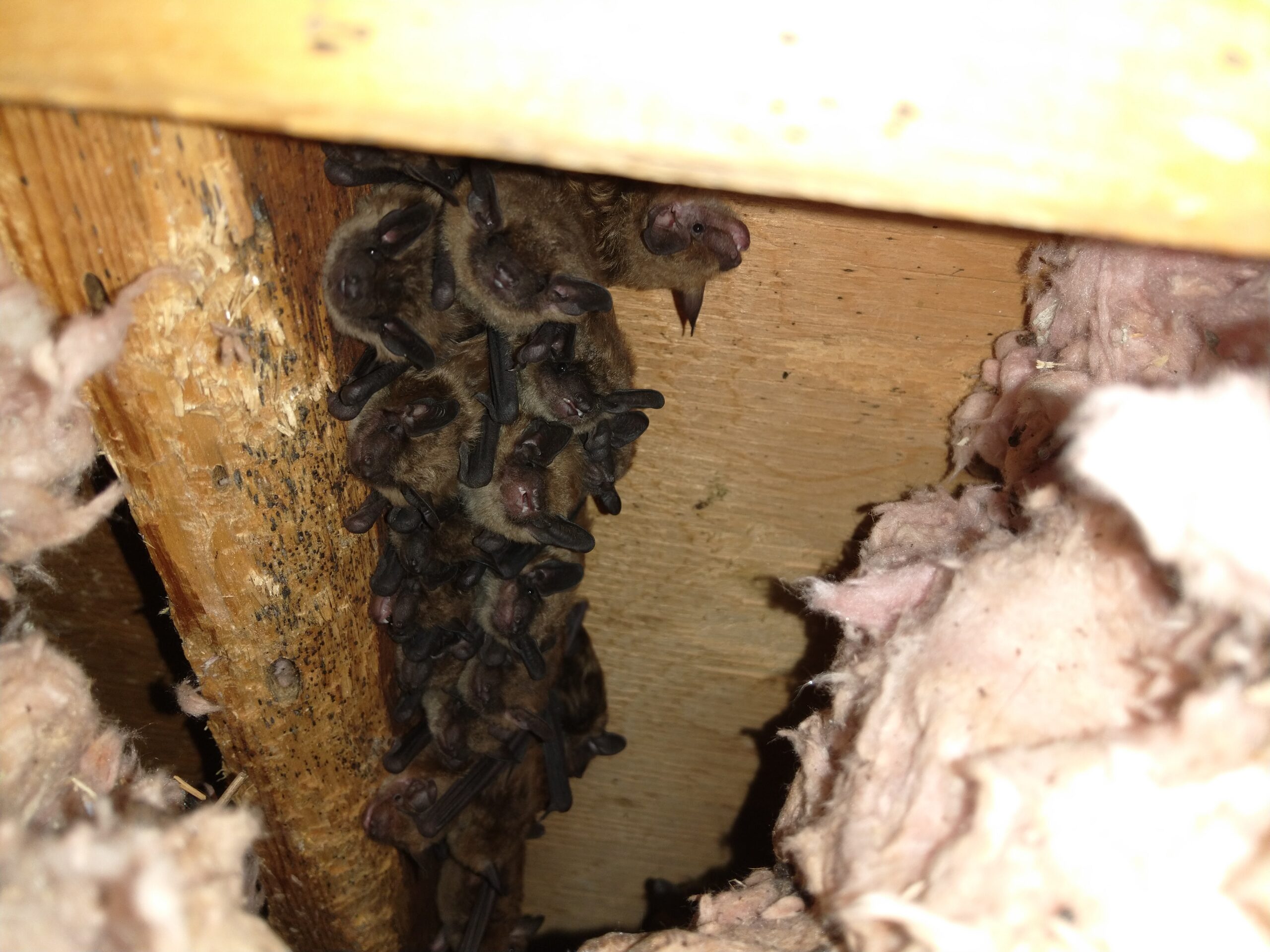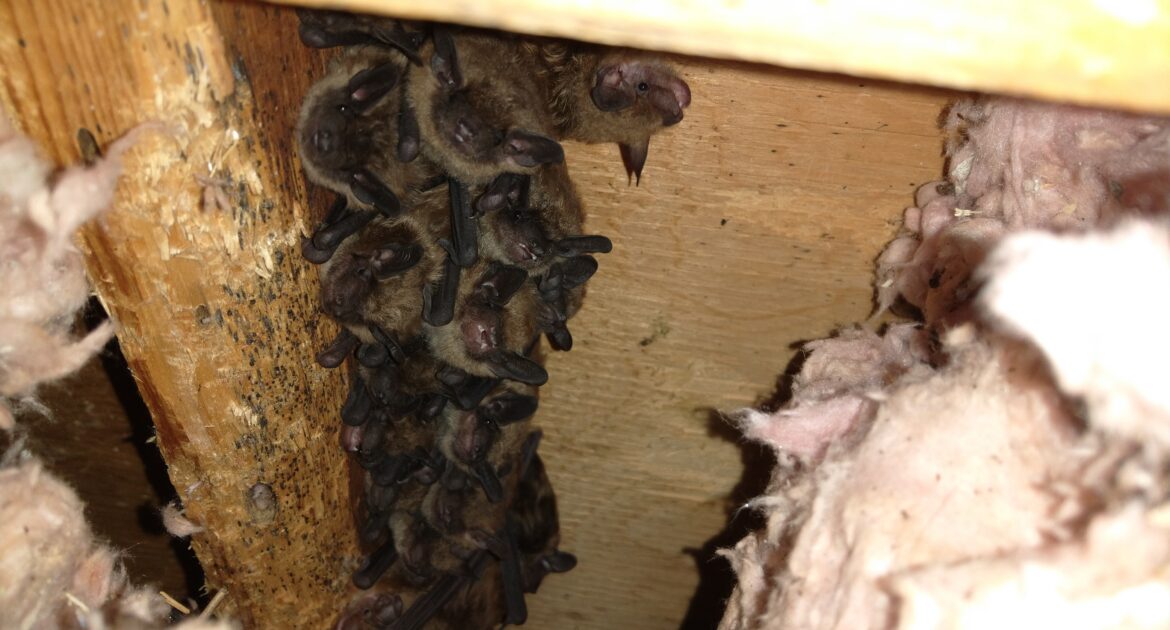Welcome to an exploration of the fascinating diets of various bat species! While bats are often misunderstood creatures, they play an essential role in maintaining our ecosystems. For homeowners and property owners, understanding what these nocturnal animals eat can offer insight into their behaviour and how they interact with the environment around us.
Whether you live in a suburban neighbourhood or on a more expansive property, you may have encountered a bat or two at some point. But have you ever wondered, “What do bats eat?” This blog post will shed light on the diverse diets of different species, helping you understand their ecological importance and providing tips on how to coexist peacefully with these remarkable mammals.
The Generalists vs. The Specialists
Bats, much like other animals, can be categorized based on their dietary preferences. Some are generalists, meaning they consume a wide variety of foods, while others are specialists, focusing on one type of prey. This distinction is significant because it influences where these creatures are found and their impact on the environment.
Generalist bats are adaptable and can thrive in various habitats. They may eat insects, fruits, nectar, and small vertebrates. Their versatility makes them more resilient to changes in their environment.
Specialist bats, on the other hand, have evolved to feed on specific types of food. For example, some species consume only certain insects, or fruit, or rely solely on blood meals. These specialists are often adapted to their niche environments and can be more vulnerable to habitat loss and environmental changes.
Insect-Eating Bats
One of the most common diets among species involves insects. Insectivorous species play a crucial role in controlling insect populations, including pests that can damage crops and spread diseases. These species are nature’s pest control agents, helping to keep ecosystems balanced.
Microbats, a suborder of bats, primarily feed on insects. They use echolocation to locate their prey, emitting high-frequency sounds that bounce off objects and return to their ears, allowing them to pinpoint the exact location of their next meal. Species like the Little Brown Bat and the Big Brown Bat are proficient insect hunters, consuming mosquitoes, beetles, moths, and other nocturnal insects.
Insect-eating species can consume large quantities of insects in a single night, making them beneficial for agricultural areas and gardens. By reducing the number of pests, these bats help protect crops and reduce the need for chemical pesticides.
Fruit-Eating Bats
Fruit bats, also known as frugivores, have a diet that consists mainly of fruit. These species are vital for seed dispersal and pollination, contributing to the growth of many plant species. By consuming fruit and excreting the seeds elsewhere, they help maintain the health and diversity of forests and other ecosystems.
The Flying Foxes, found in regions like Australia, Southeast Asia, and Africa, are some of the largest fruit bats. They have a keen sense of smell and excellent vision, which they use to find ripe fruit. These animals play an important role in regenerating forests by spreading seeds over wide areas.
Fruit-eating species often consume a variety of fruits, including mangoes, bananas, guavas, and figs. Their feeding habits support the reproduction of many plants, which in turn provides food and habitat for other wildlife.
Nectar-Feeding Bats
Nectar-feeding species, or nectivores, primarily consume nectar from flowers. These animals have specialized adaptations, such as long tongues and snouts, which allow them to reach deep into flowers to access the nectar. In doing so, they inadvertently transfer pollen from one flower to another, aiding in pollination.
The Lesser Long-Nosed Bat and the Mexican Long-Tongued Bat are examples of nectar-feeding species. These species are essential pollinators for certain types of cacti and agave plants, which are significant in arid and semi-arid regions.
Nectar-feeding species contribute to the reproduction of plants that may not have many other pollinators. Their role in the ecosystem is crucial, especially in regions where traditional pollinators like bees are less abundant.
Carnivorous Bats
While less common, some species have a more carnivorous diet, feeding on small vertebrates such as birds, frogs, and even fish. These animals have evolved to hunt larger prey, and their hunting techniques are often quite specialized.
The Fringe-Lipped Bat, for instance, preys on frogs by listening for their calls. It can identify and capture frogs with remarkable precision. Another example is the Greater Noctule Bat, which hunts birds during their migratory flights. These predatory animals have adapted to catch and consume prey that provides them with the necessary nutrients.
Carnivorous species play a unique role in controlling populations of certain animals, maintaining a balance in their ecosystems. Their presence indicates a healthy and diverse environment.
Blood-Feeding Bats
Perhaps the most infamous of all bat diets is that of the blood-feeding species, or sanguivores. These bats, often thought of as “vampire bats,” feed on the blood of other animals. While this might sound alarming, vampire bats are not as menacing as popular culture portrays them to be.
There are only three species of vampire bats, all native to the Americas. The Common Vampire Bat, Hairy-Legged Vampire Bat, and White-Winged Vampire Bat feed on the blood of livestock, birds, and sometimes other mammals. They have specialized adaptations, such as heat sensors on their noses, to locate blood vessels near the surface of their prey’s skin.
Despite their reputation, vampire bats play a role in their ecosystems. They can control the populations of their prey and contribute to the recycling of nutrients.
Bats and Ecosystem Health
Understanding the diets of different species highlights their importance in maintaining healthy ecosystems. Bats contribute to pest control, pollination, seed dispersal, and nutrient cycling. Without them, many ecosystems would struggle to function properly.
For homeowners and property owners, recognizing the positive impact of bats can lead to more informed decisions about managing their presence. They provide natural pest control, reducing the need for chemical interventions. By fostering a bat-friendly environment, property owners can support biodiversity and the health of their local ecosystems.
Coexisting with Bats
While they offer numerous benefits, it’s essential to coexist with them safely and humanely. If you find bats roosting in your property, consider these tips:
- Avoid disturbing roosting bats, especially during the maternity season when young bats are present.
- Seal entry points to prevent bats from entering living spaces without trapping them inside.
- Provide alternative roosting sites, such as bat houses, to encourage bats to relocate naturally.
- Contact wildlife professionals if you need assistance with bat issues. They can provide humane solutions that prioritize the welfare of both bats and humans.
Choose Skedaddle for Wildlife Control in Ottawa
Bats are incredible creatures with diverse diets that contribute significantly to the health of our ecosystems. From insect control to pollination and seed dispersal, these nocturnal animals play roles that benefit us all. Understanding what different bat species eat can help homeowners and property owners appreciate their presence and make informed decisions about coexisting with them.
If you encounter bats on your property and need assistance, remember that there are humane ways to address the situation. Consider reaching out to our Skedaddle experts for guidance and support. By working together, we can ensure that both bats and humans thrive in harmony.
Ready to learn more about how you can create a bat-friendly environment? Contact our team at Skedaddle today for expert advice and humane solutions. Together, we can make a positive impact on our environment and support the incredible work that bats do every night.




